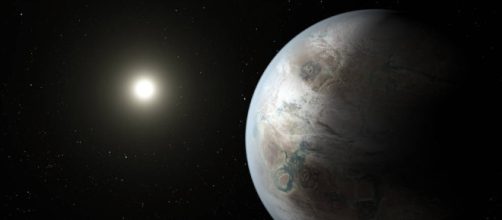A planet which has the basic conditions for life was found in one of the closest solar systems, at just 14 light years away. A new study indicates that a planet which is orbiting around a Star called Wolf 1061 could be a serious candidate for the potential of sustaining life, according to the journal Science Alert.
Opportunities to find life on that planet
Stephen Kan, the scientist from San Francisco State University who led this research states that the solar system Wolf 1061 is important because it is very close to our solar system and this brings opportunities for future studies to find out if there is life there.
Interesting discoveries
There are three planets orbiting around Wolf 1061 and the scientists are particularly interested is the planet Wolf 1061c. The planet was discovered in 2015 and its estimated mass is four times bigger than the mass of Earth. It is located in the middle of the habitat of the star it orbits: the region where the distance of the planet creates the conditions for the existence of liquid water and other elements that sustain life.
To find out if the planet Wolf 1061c has the conditions needed to support life, the scientists have been analyzing the information about the brightness of the star for seven years, and they have calculated the orbit of the planet to find out what pressure and temperature the planet has.
The results revealed that there are chances that the planet is habitable, but this doesn't mean that the conditions are the same as Earth.
According to the information obtained, the conditions seem to be similar to that of Venus at the beginning of the solar system, where liquid water was evaporating because of the heat. The water vapor has further contributed to the increased temperature, and to the greenhouse effect. The team believes that this can also happen on the planet Wolf 1061c, which is close enough to the star to cause these conditions.
More, the orbit of the planet is more elliptical than Earth, which may indicate an unstable climate, with sudden and significant variations. This study was accepted for publication in the upcoming edition of The Astrophysical Journal.

